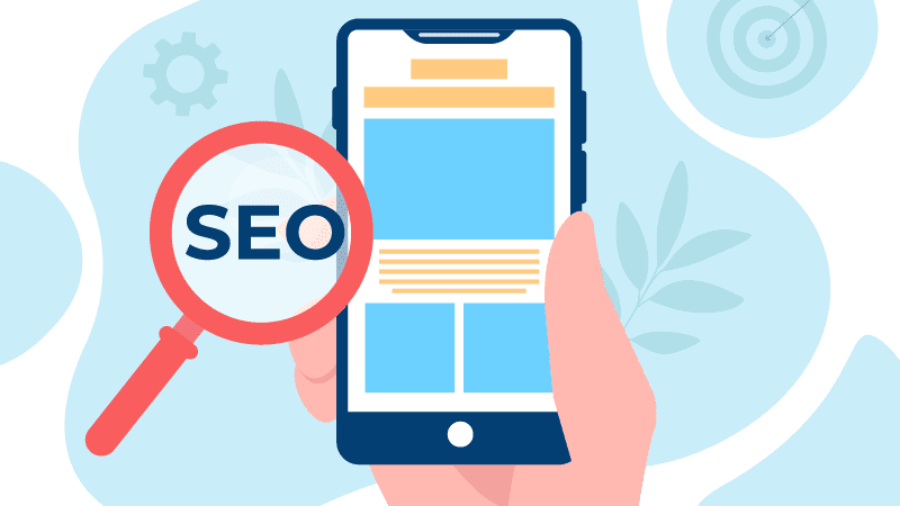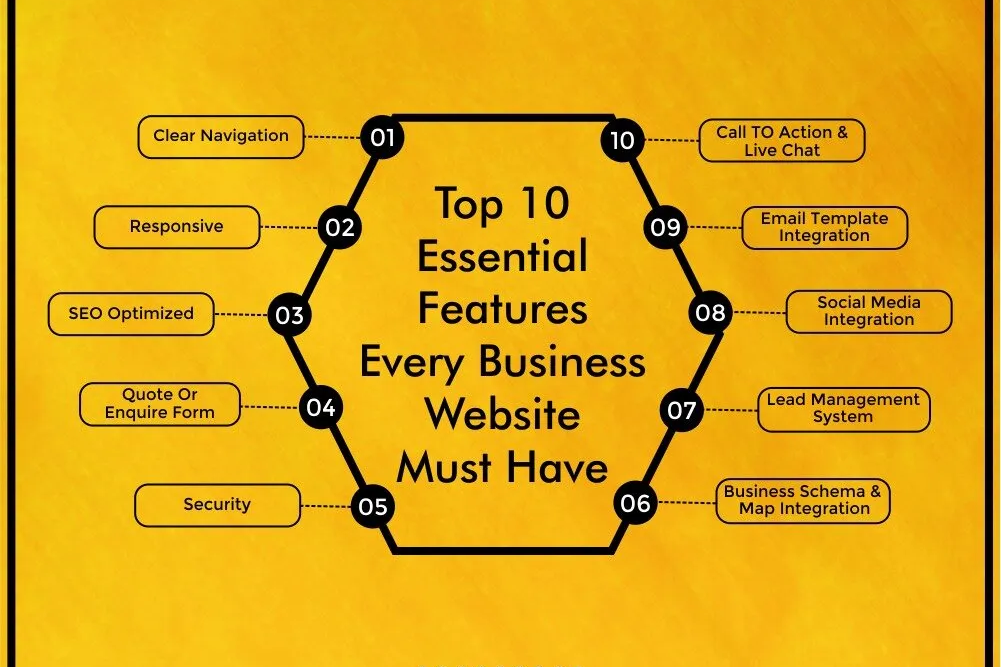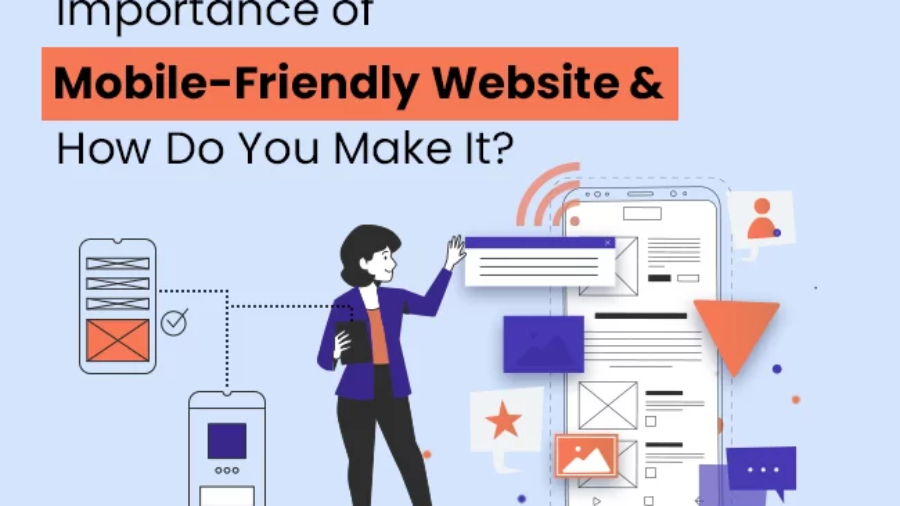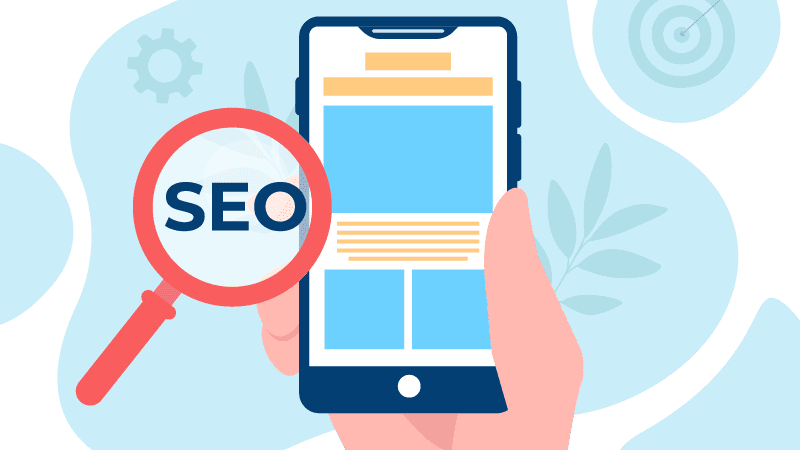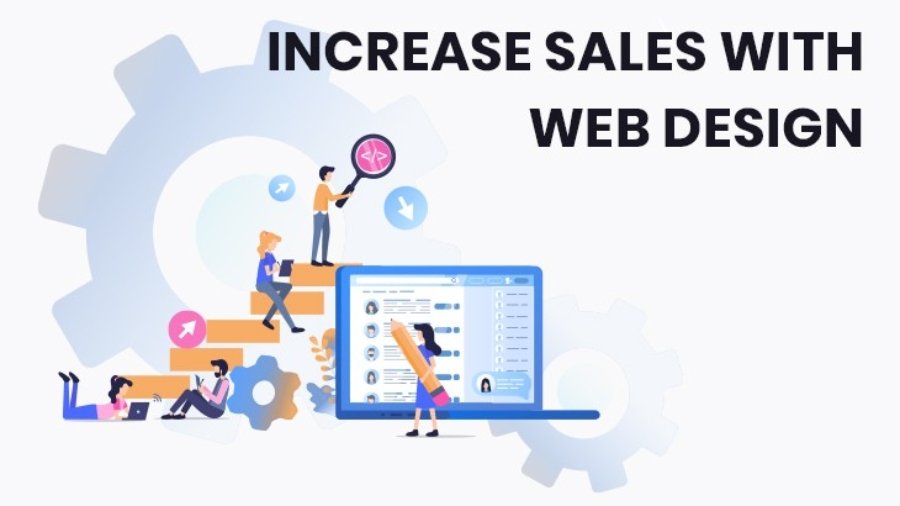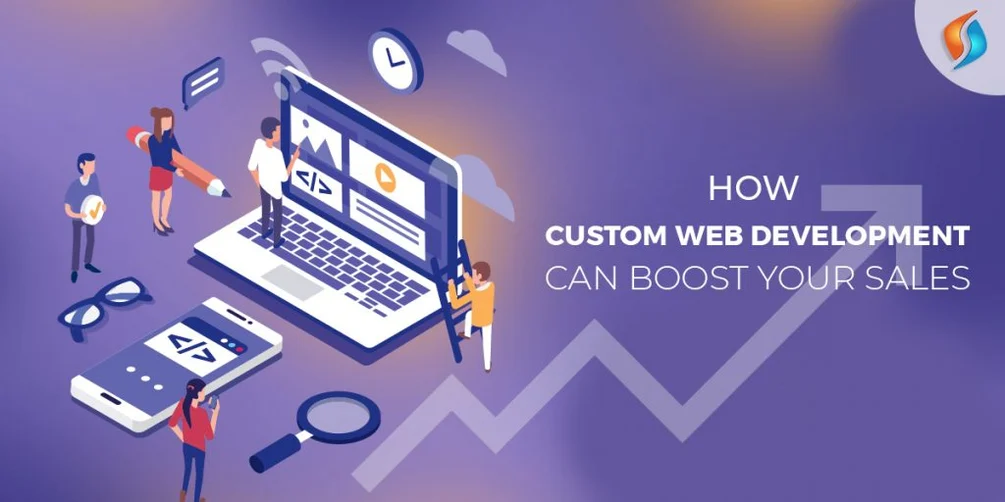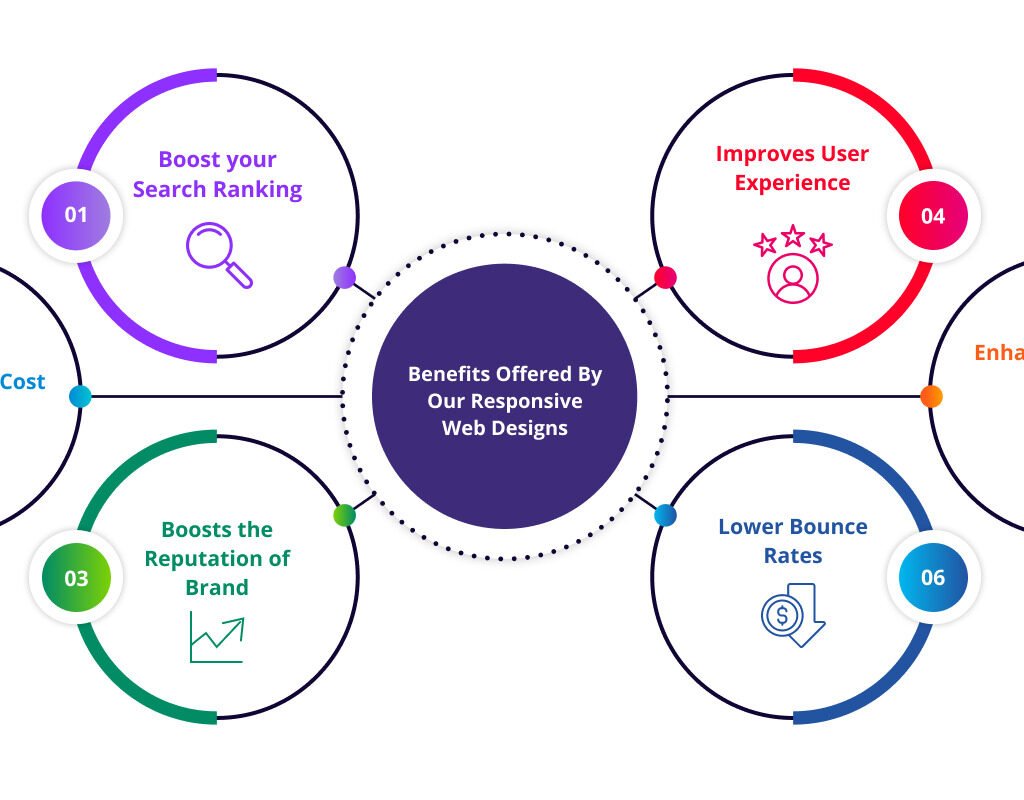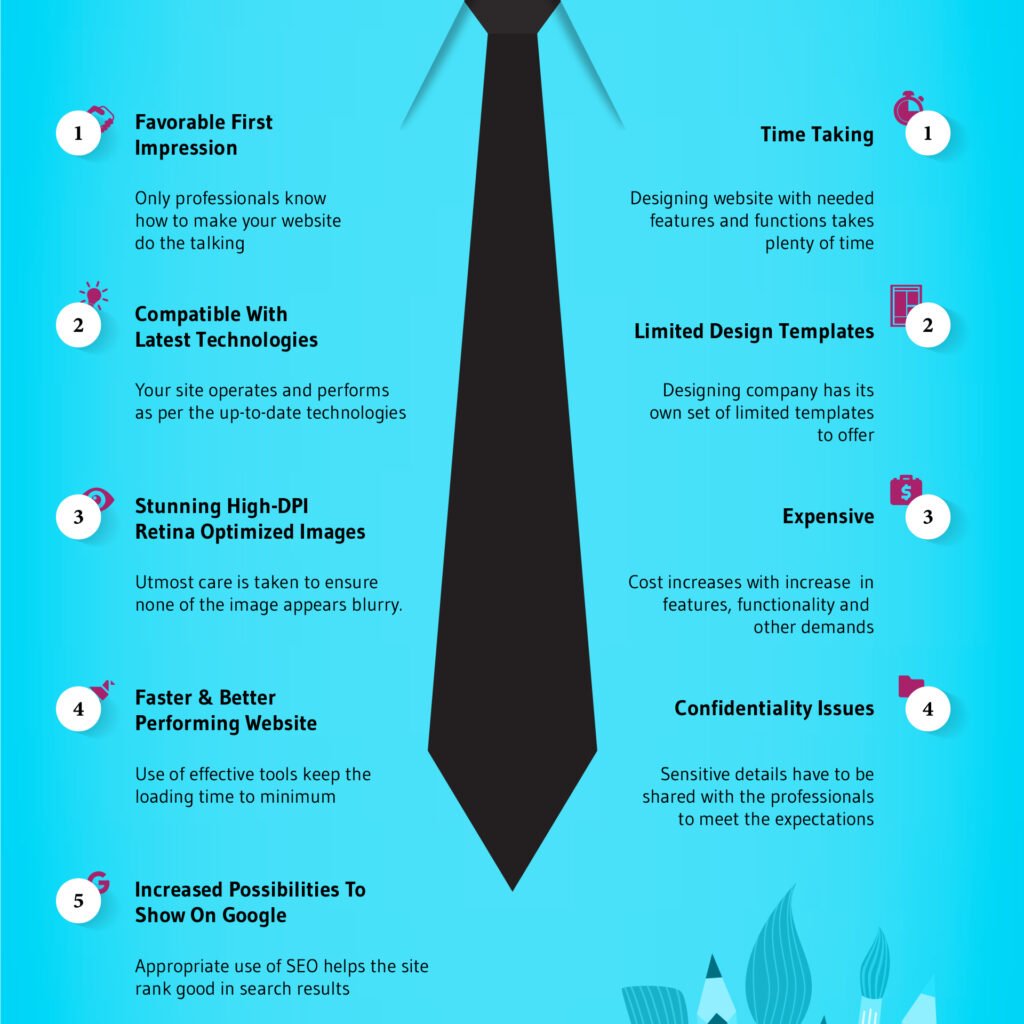
The Big Decision: Should You DIY or Hire a Pro? ��
In today’s digital world, your website is your storefront. But when it comes to building one, should you do it yourself or hire a professional? The answer depends on time, budget, and business goals. Let’s break it down!
The Case for DIY Web Design ��️
DIY website builders like Wix, Squarespace, and Shopify have made it easier than ever to create a website without coding skills. If you’re a startup with a small budget, DIY might be tempting.
Pros of DIY Websites:
✅ Lower Cost – Platforms like Wix start at $16/month (Wix Pricing). ✅ Fast Setup – You can launch in a few hours. ✅ Full Control – Make changes anytime without relying on developers.
Cons of DIY Websites:
❌ Limited Customization – Templates restrict branding flexibility. ❌ SEO & Performance Issues – Many DIY sites are slow and rank poorly on Google. ❌ Lack of Advanced Features – Custom functionalities like membership portals or booking systems can be tricky.
Why Businesses Choose Professional Web Design ��
A professional web designer brings expertise, strategy, and long-term value. If you’re serious about growth, hiring a pro might be the smarter move.
Pros of Professional Web Design:
✅ Custom Design – Your website stands out and aligns with your brand. ✅ Better SEO & Performance – A well-optimized site can rank higher on Google, bringing in more traffic. ✅ Scalability – Professionals build sites that grow with your business.
Cons of Professional Web Design:
❌ Higher Upfront Cost – A custom website can range from $2,000 to $10,000+ (Clutch Report). ❌ Takes More Time – Custom designs take weeks or months to develop.
Real-Life Examples: Who Did What? ��
Example 1: A Small Business Winning with DIY
Sarah, a freelance photographer, built her own site using Squarespace for $20/month. She launched quickly, showcased her portfolio, and booked her first clients without spending thousands on a custom site.
Example 2: How Investing in a Pro Paid Off
Local bakery Sweet Delights started with a DIY website but struggled with slow load times and low search rankings. After hiring a web designer, they saw a 60% increase in online orders within three months thanks to better SEO and user experience.
Website Design Explained Like You’re 5 ��
Imagine you want to build a LEGO house. If you use a pre-made LEGO set (DIY), it’s faster but looks like everyone else’s. If you build from scratch with custom LEGO bricks (Professional), it takes longer but is unique and exactly how you want it. Your website works the same way! ��️
Final Verdict: Which One Is Right for You? ��
If you need a quick, budget-friendly site → Go DIY
If you want a powerful, long-term business tool → Hire a pro

